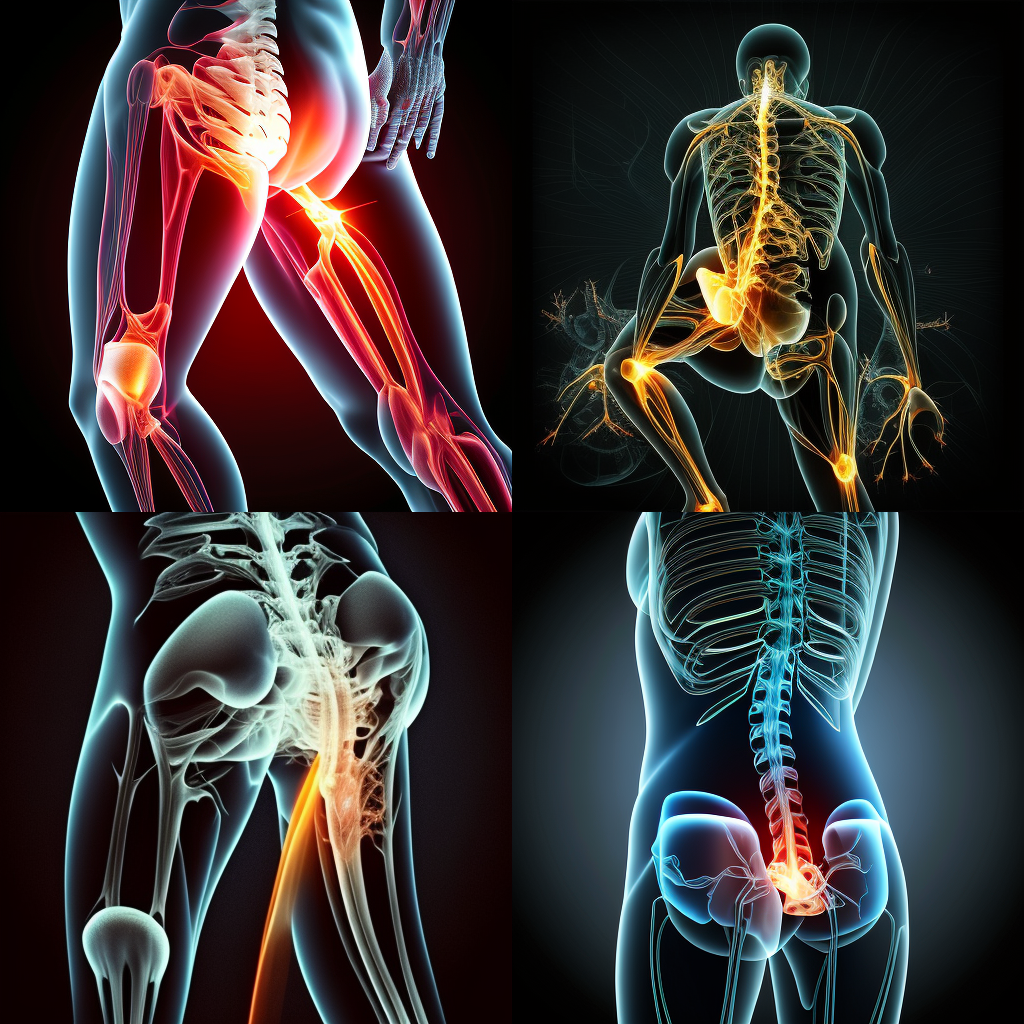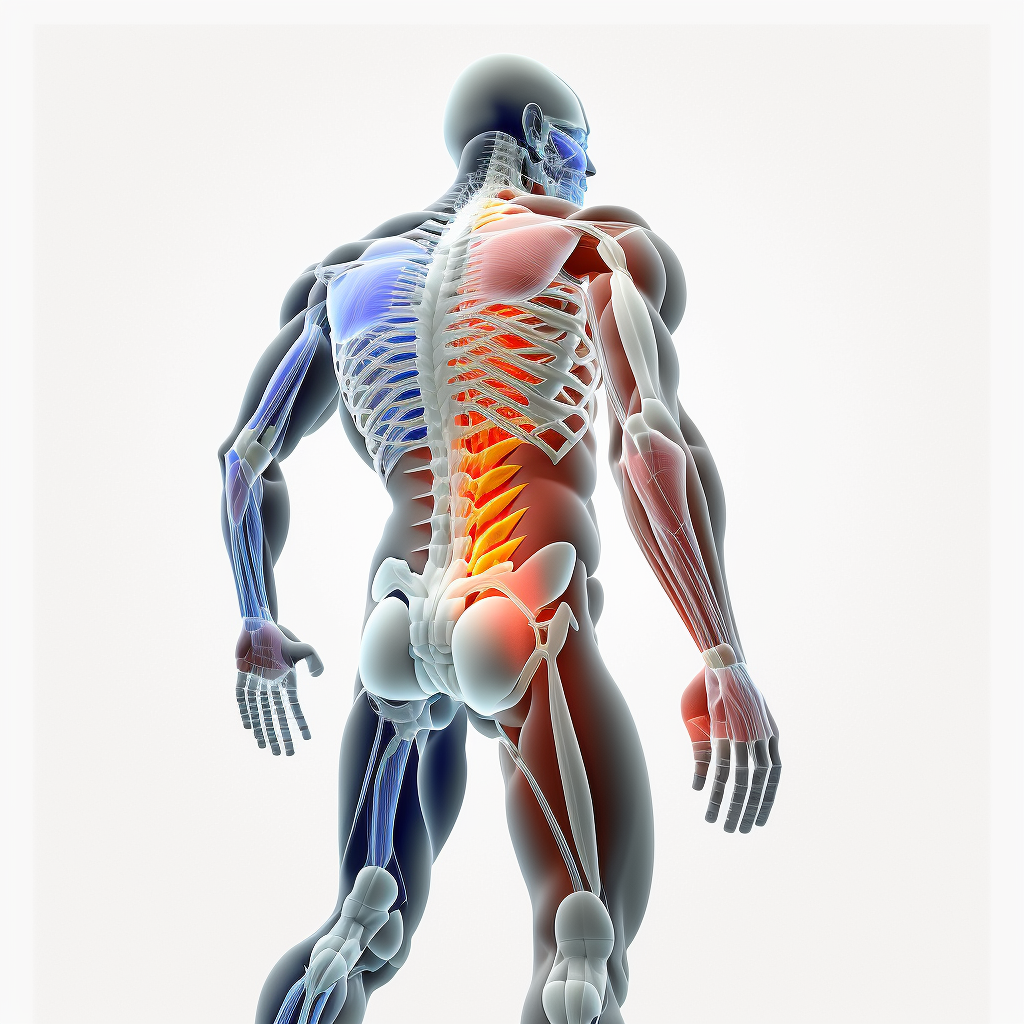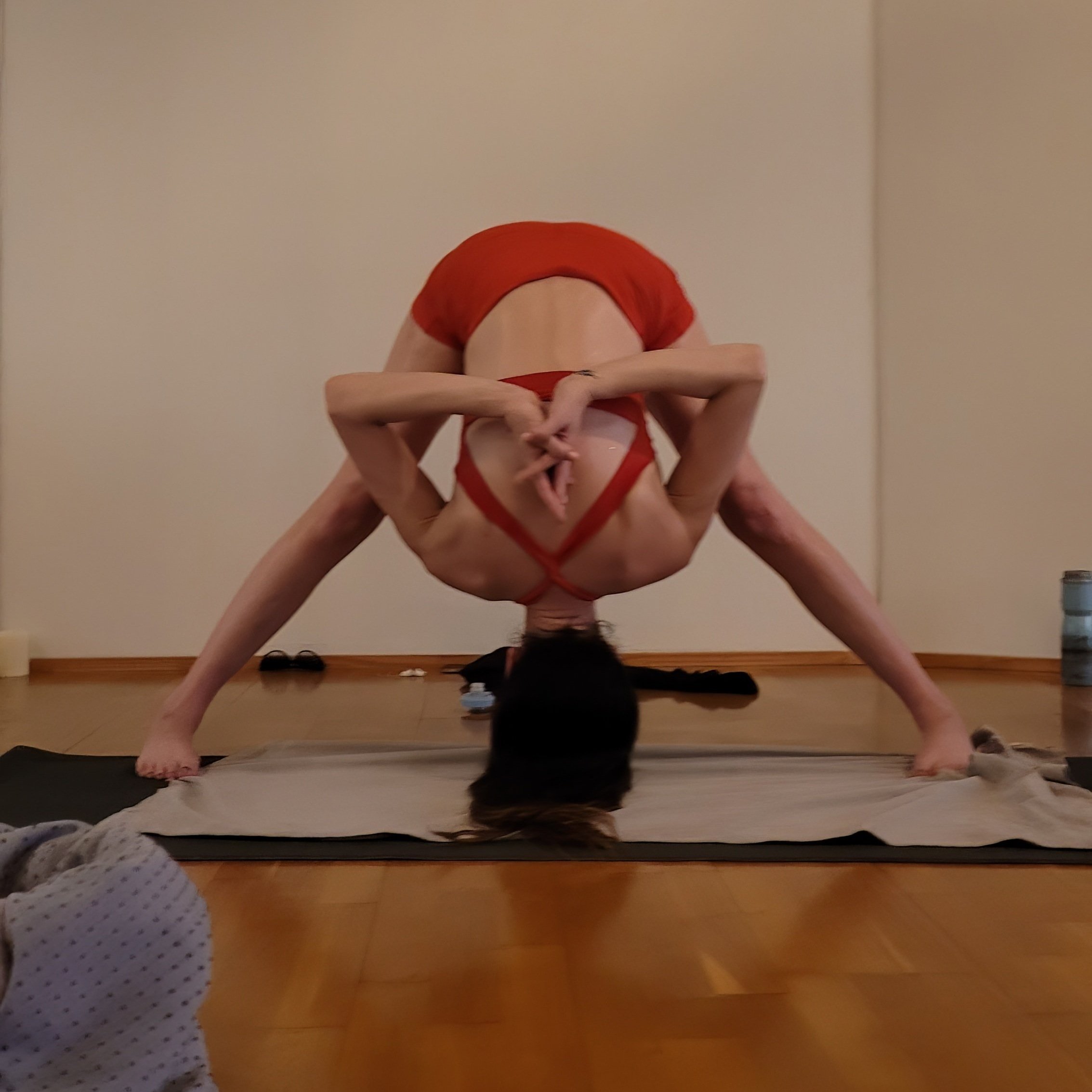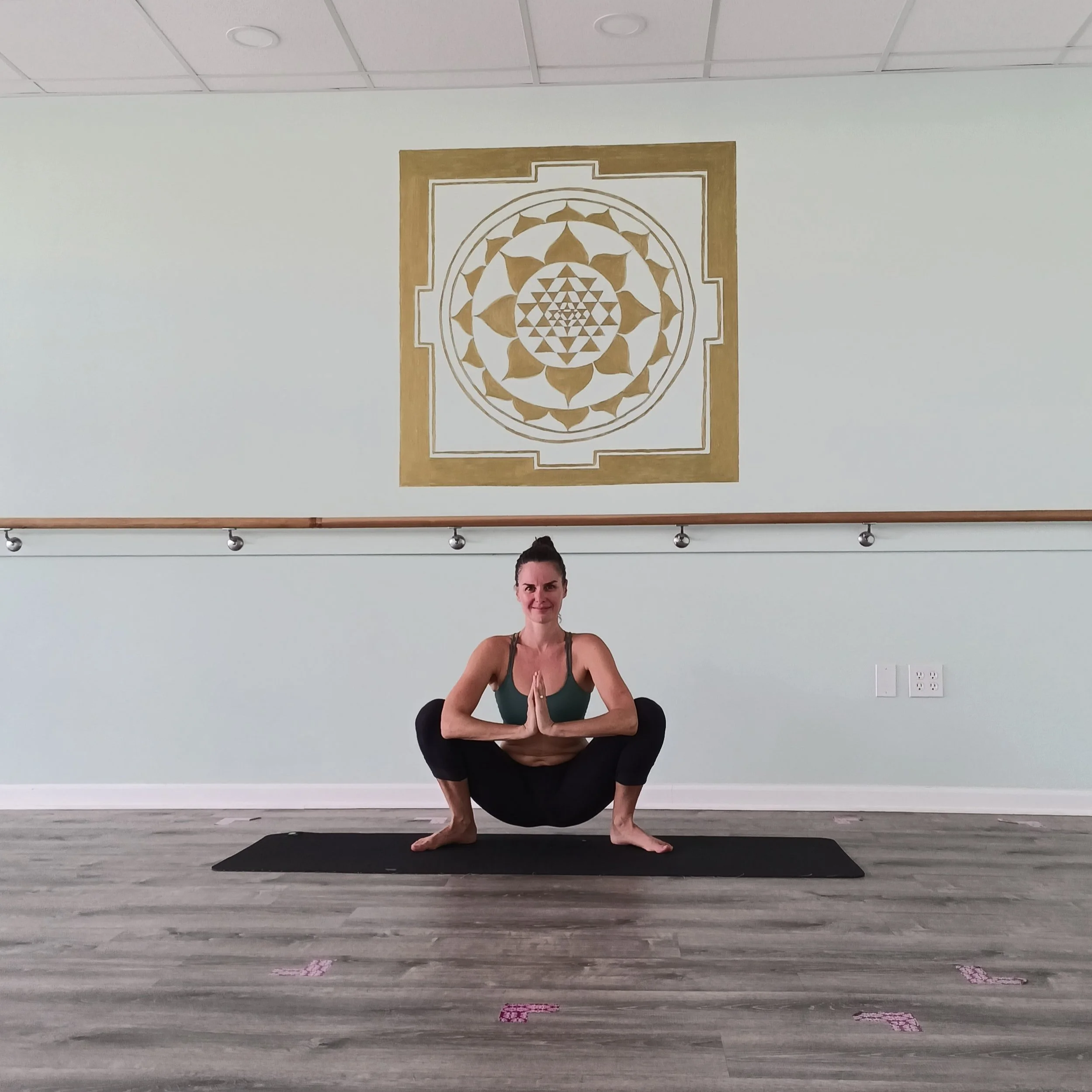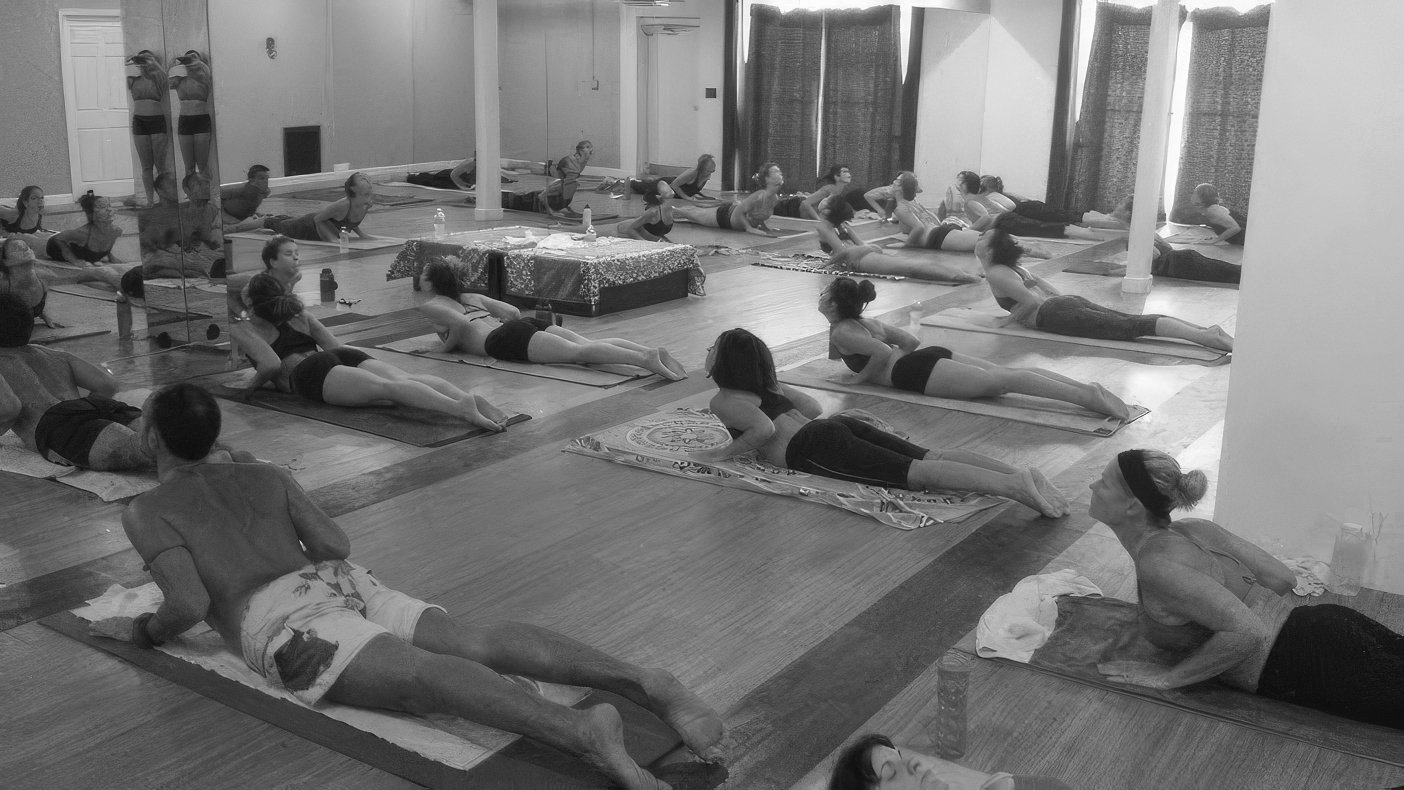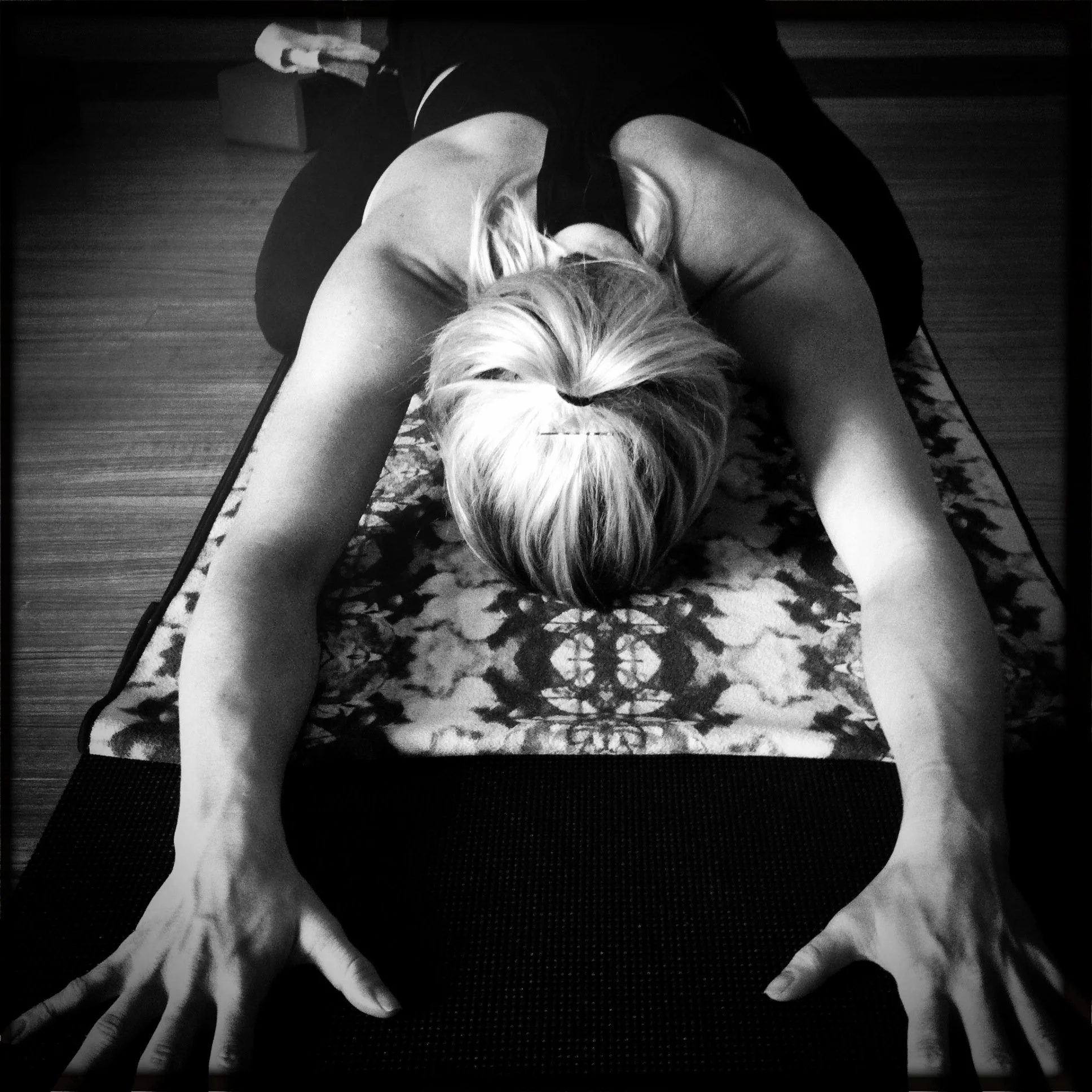Managing Sciatic Pain with Yoga: Effective Poses for Relief
We know that sciatica can significantly impact people's lives and limit their mobility. Regular yoga practice, combined with a deeper understanding of the body, can alleviate sciatic pain. In this article, we will explore what sciatica is, its causes, symptoms, and various treatment options, including how yoga can be a helpful tool in managing and reducing sciatic pain.
What is Sciatica?
Sciatica is a medical condition that occurs when the sciatic nerve, which runs from the lower back down to the legs, is compressed or irritated. This can result in pain, tingling, numbness, or weakness in the lower back, hips, legs, and feet.
Causes of Sciatica
Sciatica can be caused by a variety of factors, including:
Spinal Issues
Herniated disc: A herniated disc is a condition in which the soft tissue in between the vertebrae in the spine bulges or ruptures, compressing the sciatic nerve and causing sciatica.
Spinal stenosis: Spinal stenosis is a condition in which the spinal canal narrows, putting pressure on the sciatic nerve.
Degenerative disc disease: This is a condition in which the discs between the vertebrae in the spine begin to wear down, potentially compressing the sciatic nerve.
Facet joint syndrome: This is a condition in which the facet joints, which are located between the vertebrae in the spine, become inflamed and cause sciatic pain.
Sciatic nerve root compression: This is a condition in which a nerve root in the lower spine becomes compressed, potentially causing sciatica.
Muscular Tightness
Piriformis syndrome: The piriformis muscle is a small muscle located in the buttock region. If this muscle becomes tight or inflamed, it can compress the sciatic nerve, leading to sciatica.
Tight hip flexors: Tight hip flexor muscles can cause the pelvis to tilt forward, putting pressure on the lower back and causing sciatica.
Gluteal muscle strain: The gluteal muscles, which are located in the buttock region, can become strained due to overuse or injury, leading to sciatic pain.
Hamstring strain: The hamstring muscles, which run down the back of the thigh, can become strained due to overuse or injury, causing sciatica.
Trigger points: Trigger points are areas of tightness or tenderness in muscles that can refer pain to other areas of the body, including the sciatic nerve.
Iliopsoas syndrome: The iliopsoas muscle, which runs from the lower spine to the thigh bone, can become tight or inflamed, leading to sciatic pain.
Other activities that can trigger sciatica are running, cycling or even sitting down for long periods of time as they can create tightness in the hip area, back and legs.
General posture
Anterior pelvic tilt: An anterior pelvic tilt is when your pelvis is rotated forward, which forces your spine to curve. It's often caused by excessive sitting without enough exercise and stretching to counteract the effects of sitting all day.
Poor posture can contribute to sciatica by putting excess pressure on the lower back and causing muscle imbalances. Slouching rounds the lower back forward, stressing the discs, muscles, and other structures in the lower back, leading to potential muscle imbalances and sciatic pain. For instance, slouching can tighten hip flexors and weaken gluteal muscles, changing the lower back mechanics and contributing to sciatica. Prolonged sitting in a slouched position can also cause the piriformis muscle to compress the sciatic nerve, resulting in sciatica. To prevent or relieve sciatic pain from poor posture, maintain good posture by sitting with a straight back and relaxed shoulders, avoiding slouching or hunching forward.
Pregnancy
Pregnancy and weight distribution can potentially trigger sciatica by placing additional stress on the lower back and pelvis, which can compress or irritate the sciatic nerve. Here are some ways in which this can occur:
Weight gain: During pregnancy or with weight gain in general, the additional weight can put excess pressure on the lower back and pelvis, potentially compressing the sciatic nerve and leading to sciatica.
Postural changes: As the uterus expands during pregnancy or with weight gain, this can cause changes in posture and alignment, potentially leading to muscle imbalances or postural changes that contribute to sciatica.
Hormonal changes: During pregnancy, hormonal changes can cause the ligaments in the pelvis to become more relaxed, potentially leading to instability in the lower back and pelvis, and contributing to sciatic pain.
Baby position: In some cases during pregnancy, the position of the baby can put pressure on the sciatic nerve, leading to sciatica.
To help prevent or alleviate sciatic pain during pregnancy or with weight gain, it's important to maintain good posture, engage in regular exercise to strengthen the core and lower back muscles, and avoid prolonged periods of sitting or standing.
Symptoms of Sciatica
The most common symptoms of sciatica include:
Pain in the lower back that radiates down the leg
Numbness or tingling in the leg or foot
Weakness in the leg or foot
Shooting pain that makes it difficult to stand up or walk
Treatment Options for Sciatica
There are various treatment options available for sciatica, including:
Medications: Over-the-counter pain relievers such as acetaminophen or nonsteroidal anti-inflammatory drugs (NSAIDs) can help alleviate pain and inflammation. (Please consult a doctor before taking any medication)
Physical therapy: Exercises and stretches can help reduce pressure on the sciatic nerve and alleviate pain.
Surgery: In severe cases, surgery may be necessary to remove the source of the compression or irritation.
Yoga: Yoga can be an effective tool in managing sciatic pain. Certain yoga poses can help stretch and strengthen the muscles around the sciatic nerve, reducing compression and irritation.
Yoga for Sciatica Relief
There have been several studies that demonstrate the effectiveness of yoga in managing and reducing sciatic pain.
One study published in the Journal of Alternative and Complementary Medicine found that a 16-week yoga intervention program led to a significant reduction in pain, disability, and medication usage in individuals with chronic low back pain, including those with sciatica.
Another study published in the Annals of Internal Medicine found that yoga was just as effective as physical therapy in reducing pain and improving function in individuals with chronic low back pain, including those with sciatica.
These studies, among others, highlight the potential benefits of yoga in managing and reducing sciatic pain.
Some effective yoga poses for sciatica relief include
For spinal issues (backbends and spine traction poses)
When your spine is elongated (spine traction poses) it can be helpful for strengthening and stretching the muscles of the back, including the muscles that support the spine and alleviate tension on the sciatic nerve. Also, while backbends can be beneficial for some people with sciatic pain, they can also exacerbate pain for others. Therefore, it's important to approach backbends cautiously.
Here are a few backbends that may help alleviate sciatic pain:
Bridge Pose (Setu Bandha Sarvangasana): This pose can help stretch and strengthen the lower back, glutes, and hamstrings, which can alleviate tension and compression on the sciatic nerve. To do this pose, lie on your back with your knees bent and your feet hip-distance apart. Press your feet and arms into the floor and lift your hips up towards the ceiling, rolling your shoulders under and interlacing your fingers behind your back. Hold for several breaths, then release.
Sphinx Pose (Salamba Bhujangasana): This pose can help stretch the spine and open the chest, which can alleviate tension in the lower back and pelvis. To do this pose, lie face-down on the floor with your forearms on the ground, elbows under your shoulders, and palms facing down. Press your forearms into the ground and lift your chest up, keeping your shoulders relaxed. Hold for several breaths, then release.
Bow Pose (Dhanurasana): This pose can help stretch the entire spine, including the lower back, and open the chest, which can alleviate tension in the pelvis and lower back. To do this pose, lie on your stomach with your arms by your sides, then bend your knees and reach back to grab your ankles. Inhale and lift your chest, thighs, and feet off the ground, keeping your shoulders relaxed. Hold for several breaths, then release.
Here are a few spine traction poses that may help alleviate sciatic pain:
Active Wide-Legged Forward Bend (Prasarita Padottanasana): This pose stretches the hamstrings, inner thighs, and lower back. Begin by standing with your feet about 3-4 feet apart. Bring your hands to your hips and inhale to lengthen your spine. Exhale and fold forward, bringing your hands to the floor or blocks. Keep your knees slightly bent if you feel any discomfort in your lower back. Hold for 30-60 seconds and release.
Active Head-to-Knee Forward Bend (Janu Sirsasana): This pose stretches the hamstrings, lower back, and calves. Begin by sitting on the floor with your legs extended in front of you. Bend your right knee and bring the sole of your right foot to your inner left thigh. Inhale and lengthen your spine. Exhale and fold forward, bringing your hands to your left foot or the floor. Hold for 30-60 seconds and release. Repeat on the other side.
Active Seated Forward Bend (Paschimottanasana): This pose stretches the hamstrings, lower back, and calves. Begin by sitting on the floor with your legs extended in front of you. Inhale and lengthen your spine. Exhale and fold forward, bringing your hands to your feet or the floor. Keep your knees slightly bent if you feel any discomfort in your lower back. Hold for 30-60 seconds and release.
Active Child's pose (Balasana) can gently stretch the lower back and hips, relieving tension on the sciatic nerve. Start on your hands and knees, lower your hips back towards your heels, and rest your forehead on the ground. Take deep breaths and relax your hips, thighs, and lower back. Hold the pose for several breaths, then slowly come out.
For muscle tightness:
Here are some yoga postures that can help alleviate sciatic pain by targeting the muscles:Pigeon pose (Eka Pada Rajakapotasana): This pose stretches the hip flexors and the piriformis muscle, which can help relieve pressure on the sciatic nerve.
Seated forward bend (Paschimottanasana): This pose stretches the hamstrings and lower back, which can help relieve tension on the sciatic nerve.
Supine hamstring stretch: This pose involves lying on your back and stretching one leg at a time towards the ceiling with a strap, helping to release tension in the hamstrings and relieve sciatic pain.
Lizard pose (Utthan Pristhasana): This pose stretches the hip flexors, hamstrings, and inner thighs, which can help alleviate sciatic pain.
Reclining pigeon pose: This variation of pigeon pose is performed lying on your back and can be a gentler alternative to traditional pigeon pose, helping to stretch the piriformis muscle and relieve sciatic pain.
Downward dog (Adho Mukha Svanasana) can stretch the hamstrings and calves, releasing tension on the sciatic nerve. However, to avoid pain or discomfort, you can modify the pose by bending your knees slightly, placing your hands on a block, engaging your core, and lengthening your spine and tailbone away from your hips. Consult with a healthcare professional before starting any new exercise program, especially for persistent or severe sciatic pain.
Poses for your general posture:
Yoga postures and exercises that improve your general posture can help alleviate sciatica by reducing muscle imbalances and improving spinal alignment. Some of these poses include:
Neutral pelvis (Tree pose) - This standing balance pose can improve overall posture and alignment, while also strengthening the legs, core, and back muscles.
Core strength - Strengthening your core muscles can help support your spine and prevent excessive pressure on the lower back. Exercises such as planks, side planks, and bird-dog pose can help strengthen your core.
Front body strength - Strengthening the muscles on the front side of your body can help compensate for the back muscles, reducing muscle imbalances that can contribute to sciatic pain. Exercises such as lunges, squats, and push-ups can help strengthen the front body.
Awkward pose (Chair) - This pose strengthens the thighs and glutes while also lengthening the lower back. It can help improve posture and reduce lower back pain.
Wall sit - This exercise strengthens the quads, glutes, and core while improving posture and alignment.
Goddess pose - This wide-legged squat pose strengthens the legs, glutes, and core muscles, while also improving posture and alignment.
Yoga postures and exercises that improve your general posture can help alleviate sciatica by reducing muscle imbalances and improving spinal alignment. Some of these poses include:
Neutral pelvis (Tree pose) - This standing balance pose can improve overall posture and alignment, while also strengthening the legs, core, and back muscles.
Core strength - Strengthening your core muscles can help support your spine and prevent excessive pressure on the lower back. Exercises such as planks, side planks, and bird-dog pose can help strengthen your core.
Front body strength - Strengthening the muscles on the front side of your body can help compensate for the back muscles, reducing muscle imbalances that can contribute to sciatic pain. Exercises such as lunges, squats, and push-ups can help strengthen the front body.
Awkward pose (Chair) - This pose strengthens the thighs and glutes while also lengthening the lower back. It can help improve posture and reduce lower back pain.
Wall sit - This exercise strengthens the quads, glutes, and core while improving posture and alignment.
Goddess pose - This wide-legged squat pose strengthens the legs, glutes, and core muscles, while also improving posture and alignment.
In conclusion, sciatica is a common condition that can be managed and alleviated through various treatment options, including yoga. At our teacher training, we discuss personalized practices to help individuals find relief from different issues like sciatic pain.
If you're interested in delving deeper into your body's anatomy and understanding how muscles function during yoga practice, reach out to us for our yoga teacher training.
Join our personalized online yoga classes, designed to target specific muscles and meet your individual needs and goals. Our experienced instructors will guide you through tailored exercises, helping you achieve the results you desire from the convenience of practicing at home. Whether you're a beginner or experienced, take your practice to the next level with our transformative approach. Sign up now and experience the benefits of personalized yoga.

